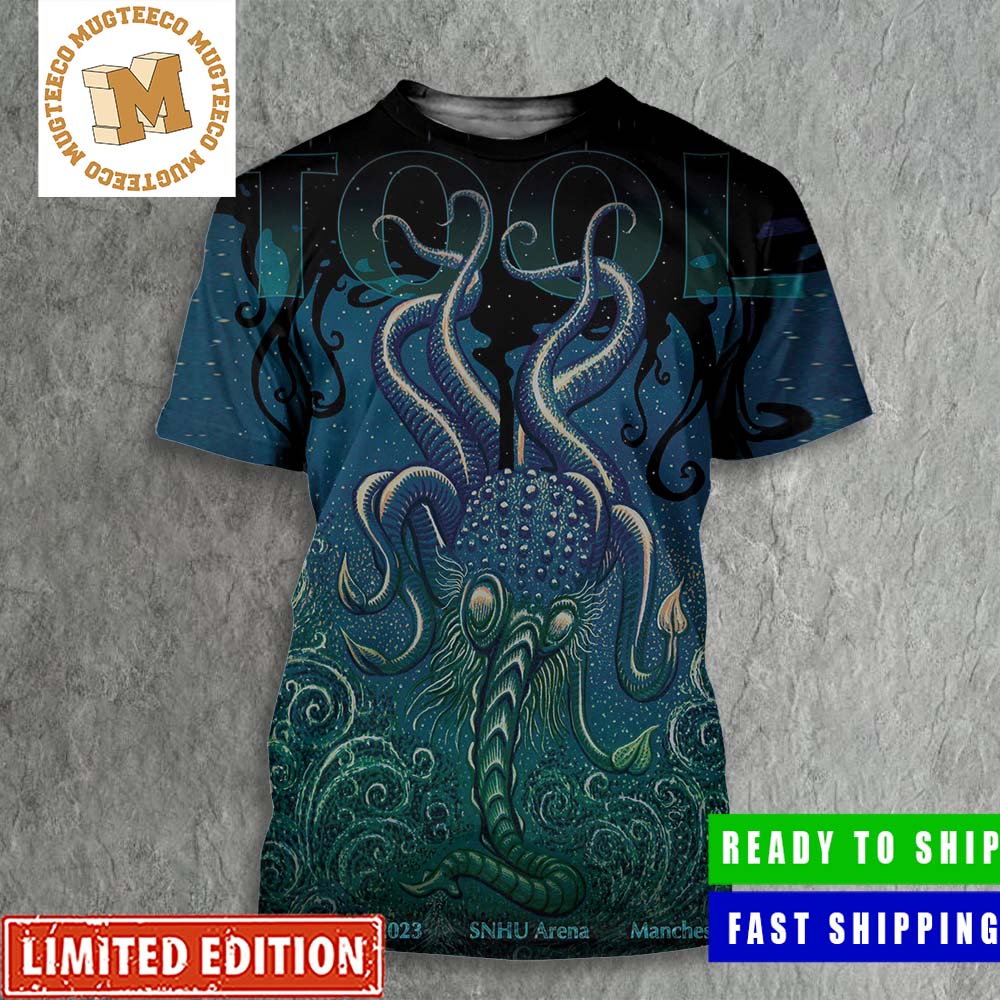Cheap Buy Now: https://is.gd/pcttBz
title .In 1986. these words by Peter “Maverick” Mitchell in the movie. Top Gun held true for racecar drivers and fighter pilots. Today, they are the mantra of our everyday lives. The same goes in retail. In the 80s, when the manufacturing of retail clothing was moved to Asia, it has taken the retail supply chain months to move a new product from the initial concept to the stores. For most clothing items, the cycle is six months at the least. This process, while slow, has been advantageous to margins. If there had been a mismatch between the supply and demand, it had been less critical because consumers had fewer alternatives and they were less informed.
titletype
mockup
title .Down the road, production became more of a challenge as people’s lives became more fast-paced. The supply chain, which moved at a snail’s pace, had become insufficient to fulfill the demands of consumers who move at the speed of light. As the times changed, so did people’s shopping habits. Clothes shopping used to be an infrequent event. People only shopped for clothes when the seasons changed or when they outgrew what they had in their closets. Today’s consumers, using their smartphones, can find whatever they want, whenever they want it, and at a price they deem fair. The “see now, buy now” economy is here, and, by the looks of it, it’s here to stay. Shopping has been reduced from a necessity into a form of entertainment. Clothes became cheaper and the trends came and went faster. Enter Fast Fashion, and with it, the global retail chains that now reign our high streets and online. Zara, opened the doors of its first store in 1975, in Northern Spain. When it came to New York in the early 1990s, the term “Fast Fashion” was born. The New York Times coined the term Fast Fashion to describe the clothing brand’s mission to take but a mere 15 days for an apparel to go from the design stage to the display rack in stores.


Không có nhận xét nào:
Đăng nhận xét